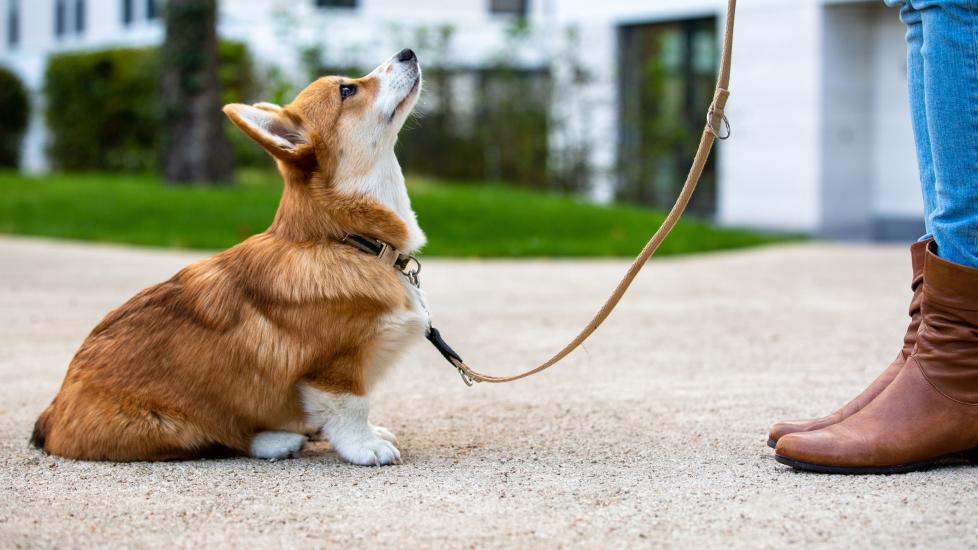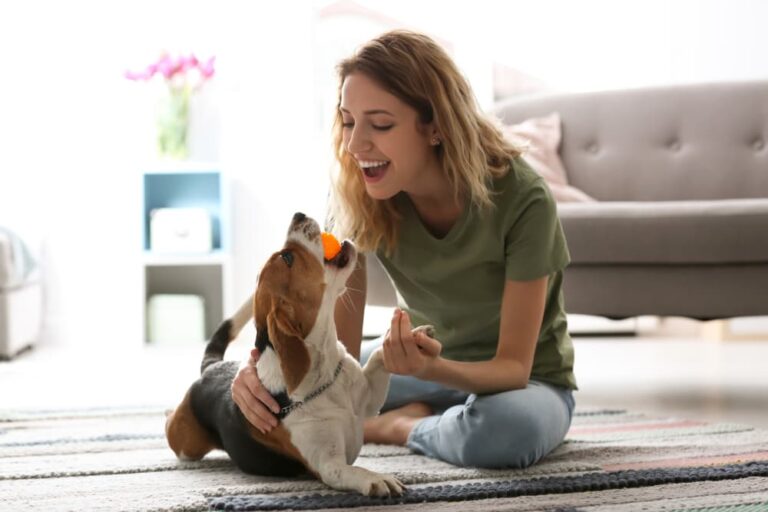
Managing Dog Reactivity Towards Vacuums: A Comprehensive Guide
Share
For many pet owners, dealing with a dog's reaction to common household items like a vacuum can be challenging. Understanding dog reactivity towards vacuums requires us to put ourselves in their paws. Imagine the sudden noise and motionit's no wonder these machines can appear threatening to our furry companions. This article delves into why dogs react to vacuums and how health-conscious pet owners can help their pets cope.
The sudden sensory overload that a vacuum createsits loud noise and strange appearancecan trigger anxiety in dogs. For health-conscious pet owners, this is important because stress can have various negative impacts on a pet's well-being, affecting everything from their immune response to their digestion. Ensuring that your dog feels comfortable and safe around vacuums can contribute to their overall health.

Understanding the Fear: Why Dogs React
Dog reactivity towards vacuums often stems from three primary sources: sound, size, and movement. A vacuum cleaner is noisy, has an unusual shape, and moves unpredictably from a dog's perspective. Each of these factors can trigger a fight-or-flight response. By gaining a deeper understanding of why dogs perceive these machines as threats, we can better tailor our responses to their behavior.
Moreover, some breeds are more prone to anxiety due to their sensitive nature or genetic disposition. If you're a health-conscious pet parent, it's crucial to know your dog's triggers and work with their natural instincts rather than against them. This approach not only helps maintain their mental health but also ensures they remain calm in their home environment.
Basic Training Techniques to Ease Anxiety
Training your dog to remain calm around vacuums involves patience and consistency. Begin by exposing your dog to the vacuum when it's turned off. Allow them to investigate it at their own pace. This stage is about making them familiar with the vacuum's scent and appearance without the added stress of noise.
Gradually, introduce the sound. Use the desensitization technique: run the vacuum in a different room to get your dog used to the sound before bringing it closer. Positive reinforcement, a cornerstone of dog training, can be invaluable here. As your dog remains calm, offer them treats or toys to create a positive association.
For more in-depth training guidance, explore this expert advice on dog training.
Advanced Strategies for Persistent Reactivity
In some cases, dogs may exhibit persistent reactivity towards vacuums despite basic training attempts. If this is your situation, consider advancing to counter-conditioning. This involves changing your dog's emotional response by pairing the presence of the vacuum with positive experiences consistently. This strategy may require assistance from a professional dog trainer if you find your efforts are not achieving the desired results.
Various resources are available, such as this shadows response guide, which can help tailor your training methods to your dog's specific needs.
Health Impacts of Reactivity: Why This Matters
For health-conscious pet owners, understanding the connection between stress and overall health is vital. Prolonged anxiety not only affects a dog's mental well-being but can also lead to physical symptoms such as digestive issues or a weakened immune system. Addressing your pet's reactivity towards vacuums can contribute to their longevity and overall happiness.
Make sure to provide a safe space for your dog, such as a comfortable bed in a quiet room, where they can retreat during vacuuming. Chewing toys or engaging in other calming activities can also mitigate stress effects. For tips on managing anxiety in pets, refer to resources on creating calming environments, such as this dog training guide.

Conclusion: A Healthier Pet Experience
Dealing with dog reactivity towards vacuums is about more than just addressing a behavioral issueit's about enhancing your pet's quality of life. By understanding the underlying causes of their fears and employing effective training techniques, you can help ensure that your dog feels secure in their home environment.
Whether it involves reading further into dog barking triggers or accessing resources such as the hoof abscess management,
FAQs
1. Why does my dog react aggressively to vacuums?
Your dog might perceive the vacuum as a threat due to its noise and movement. Training and counter-conditioning can help mitigate this behavior.
2. How can I make my dog more comfortable with vacuums?
Start by letting your dog explore the vacuum with it turned off, slowly introducing the noise and using positive reinforcement when they remain calm.
3. What are the effects of stress on my dog's health?
Prolonged stress can lead to physical health problems such as digestive issues and can negatively impact the immune system. Reducing anxiety through training is beneficial for their overall health.
This article contains affiliate links. We may earn a commission at no extra cost to you.
